How to Use Chopsticks Properly
Terrell Wallin
Posted on September 03, 2021
Share:
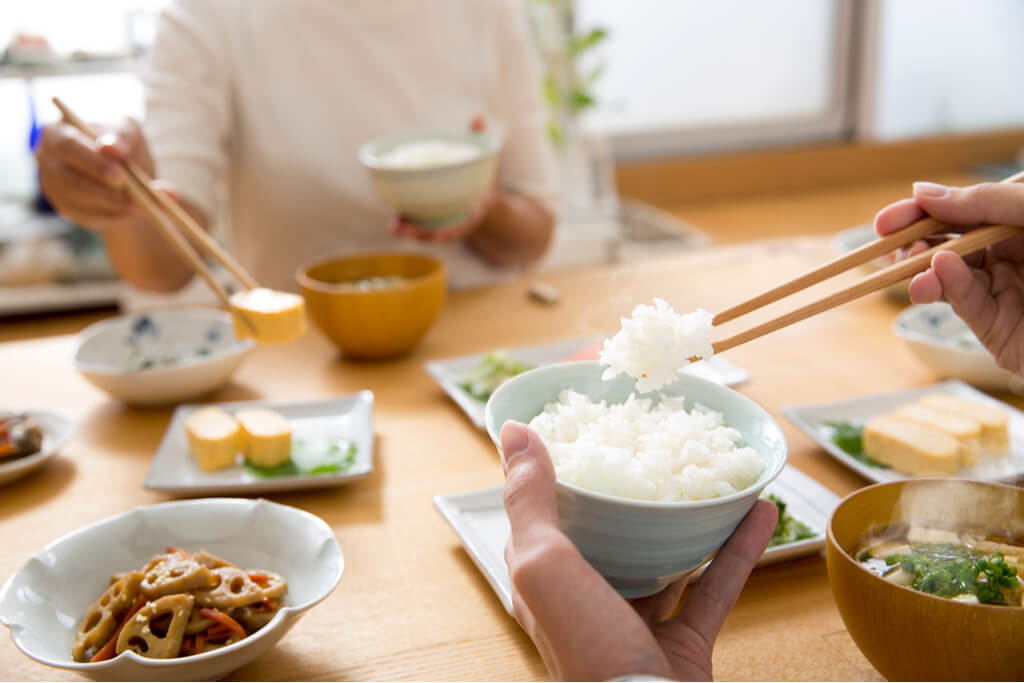
Chopsticks have been a part of East Asian culture for over 3000 years. Whether you’re in China, Korea, Vietnam, or Japan, it’s essential to know how to use chopsticks for a truly authentic dining experience. That being said, mastery of chopsticks can also be useful outside of that region in restaurants, for home meals, or for cooking East Asian dishes.
However, it can definitely be tough to use a pair of chopsticks when you haven’t grown up with them. So whether it’s to enjoy a Japanese meal, impress friends and loved ones, or prepare for a trip, take a look at this step-by-step guide on how to use chopsticks properly.
How to use chopsticks properly in Japan
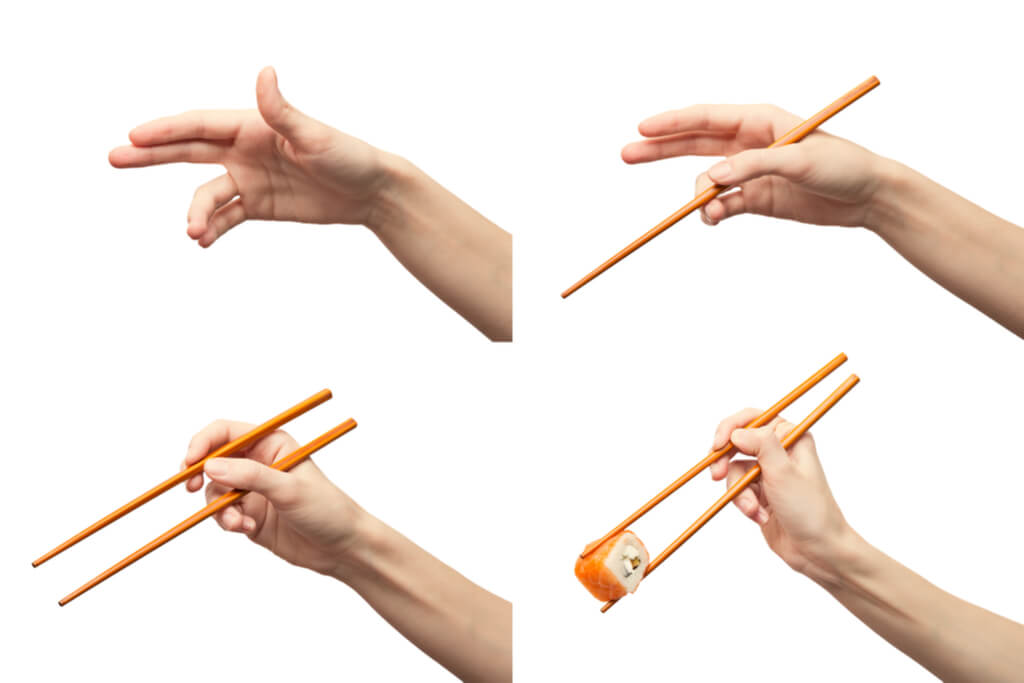
Step 1: The bottom chopstick
Open your dominant hand. Take one of the chopsticks and place the top of it in the nook between your pointer finger and thumb. Then, bend your ring and pinky fingers, and rest the length of the chopstick on your ring finger. This chopstick will remain stationary no matter what.
Step 2: The upper chopstick
Take the second chopstick and hold it between your thumb, index finger, and middle finger. The index and middle fingers will always stay together. It often helps to think of this step like holding a pencil.
Step 3: Open and close the chopsticks
To pick up anything, open your chopsticks by lifting the top one along with your pointer (index) and middle fingers. Close them by moving the same fingers back down. Your thumb may bend slightly, but won’t move much.
Need some traditional Japanese snacks to practice picking up? Sakuraco sends authentic, local Japanese sweets, snacks, and teas perfect for tea time.
Step 4: Pick up the food and enjoy
Now that you’ve mastered opening and closing your chopsticks, it’s time to start picking up pieces of food. Open your chopsticks large enough to fit around one piece, then simply close them and pinch the food. Pick it up, bring it to your mouth, and enjoy!
Tips and Tricks
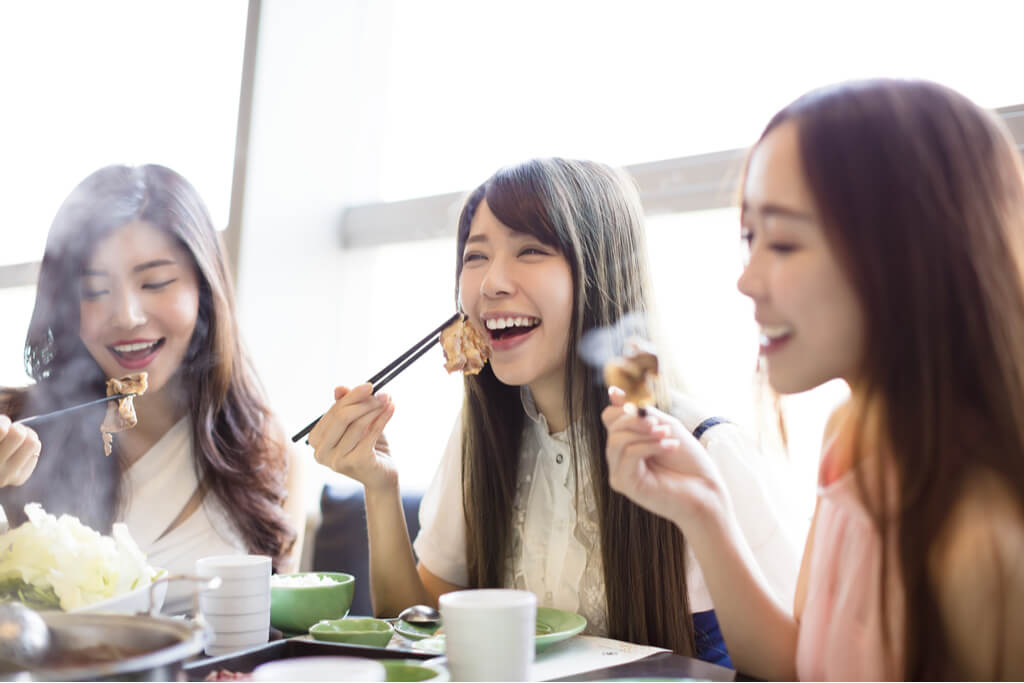
If you are still having trouble, there are a few tips that may help to make it much easier.
When holding the chopsticks, don’t hold them too tightly. Doing so can actually cause items to slip from in between them. Even worse, you may just end up cutting softer foods, like yokan (Japanese jelly candy) in half before it reaches your mouth. Plus, it can tire out your hand.
Also, be aware of where you are gripping your chopsticks. You should actually be holding them only one-third of the way down from the top. Holding it too far down just makes it more difficult and limits your range of motion. You also run the risk of landing your hand in the food.
Don’t be intimidated by hard to eat foods like rice or beans. For one thing, unlike Western table manners, in Japan, it’s totally acceptable to pick up your plate and bring it closer to your mouth. Second, if it’s too difficult to grab, it’s also okay to use the chopsticks to politely shovel the food into your mouth. Even veterans struggle with foods like these sometimes and use that technique.
Chopsticks Don’ts
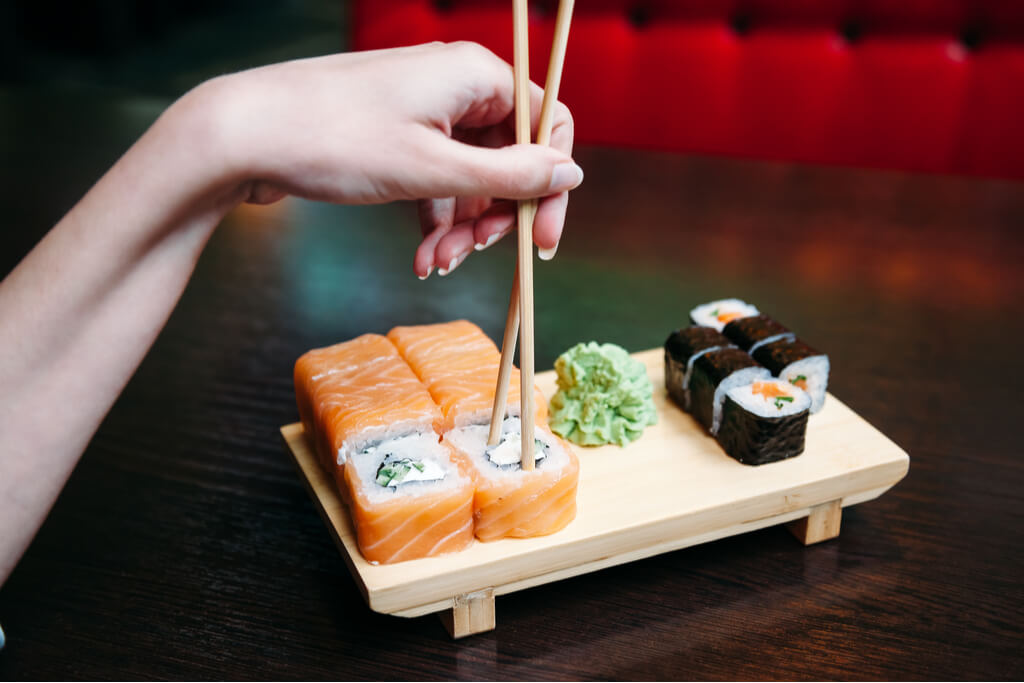
After learning how to master chopsticks, it’s important to note some very important cultural rules around them. These rules apply to any Japanese table, and, although many Japanese people will forgive these missteps, you don’t want to ruin the mood.
Some of the larger chopstick mistakes are based on Japanese funeral traditions. Passing things from chopsticks to chopsticks may seem like an easier way to pass food, but doing so is associated with funerals and should be avoided. Instead, offer up the plate itself to the other person so they can take it themselves.
Another big mistake is sticking your chopsticks upright in your food. This action is also related to funerals and the dead. When you’re not using them, just lay them down. Japanese table settings usually have chopstick rests or a tray where you can lay them. Some people can make a rest out of paper chopstick wrappers. Failing those options, lay them on the edge of a dish. In any case, you should lay them with the tip facing to your left.
Some other bad manners include stabbing your food, pointing at others, or using your chopsticks to grab food from communal plates. Stabbing your food and pointing at others are just rude in general, with school children often being scolded for doing so by their parents and teachers. For communal plates, just flip your utensil around and use the top, or use an extra pair just for sharing.
Chopsticks may not come naturally to those who weren’t raised with them, but they can be easily mastered with these tips and a lot of practice. So pick up your chopsticks at your next Japanese meal and give it a try.

Discover authentic flavors with Sakuraco
Get Sakuraco 
1 Responses

Discover authentic flavors with Sakuraco
Get Sakuraco 
Related Articles
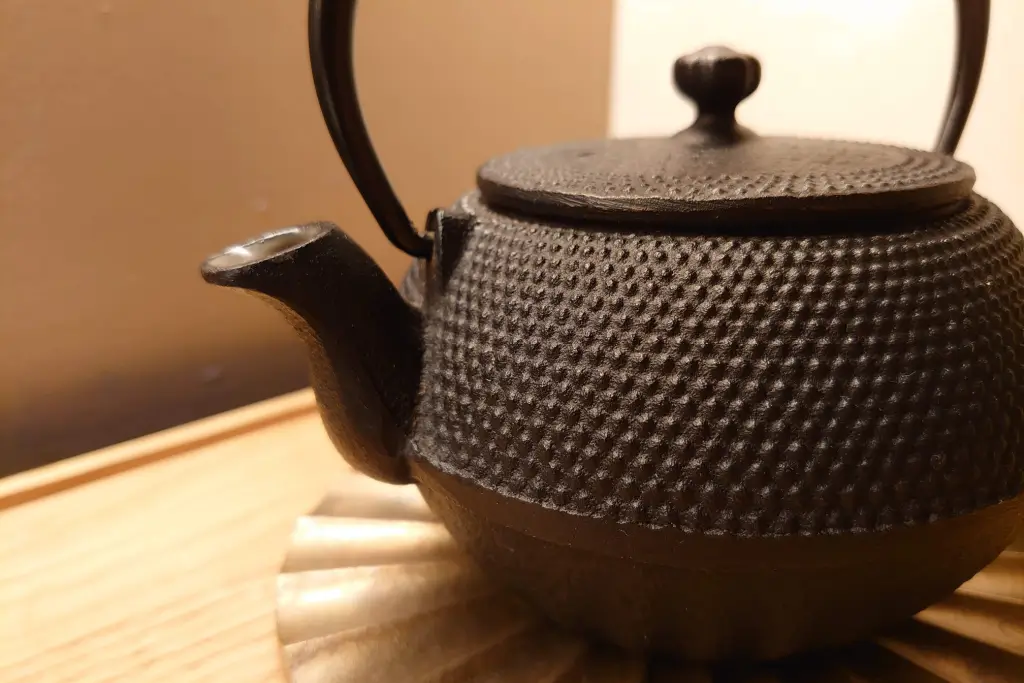
Nambu Tekki: Morioka’s Amazing Iron Craft
In the historic city of Morioka, Iwate Prefecture, a craft with over 400 years of history continues to captivate with its rustic beauty and practical charm. Nambu tekki, or Nambu cast iron, refers to traditional ironware, such as teapots, kettles, and decorative pieces, that embody the spirit of Tohoku craftsmanship.

Ebisu: The Cheerful Guardian of Luck and Prosperity
Religion in Japan involves a dizzying array of spirits and beings. These gods are inspired by ancient tales and used to symbolize nature’s bounty. However, they also profoundly impact daily life and are often sought out for help in challenging times

Little New Year in Japan: Discovering Koshogatsu Traditions
When people think of the Japanese New Year, they typically associate it with January 1st. It’s a time for celebrations, family, special foods, and visits to shrines for hatsumode (first prayer of the year).

Hatsumode: Why Is It Japan’s Most Important Tradition?
Hatsumode is the first visit to a shrine or temple in the New Year in Japan, and it is one of the country’s most important traditions. Every year, millions of people participate, demonstrating the profound connection between this custom and daily life.




I love chopsticks with a passion but must admit that I can not use them due to rheumatoid arthritis in both hands.
But I found a pair of starter chopsticks in a local Japan store which are combined at the end (completely out of bamboo, not these kids chopsticks) and look like a pincer.
Now I use them and love it